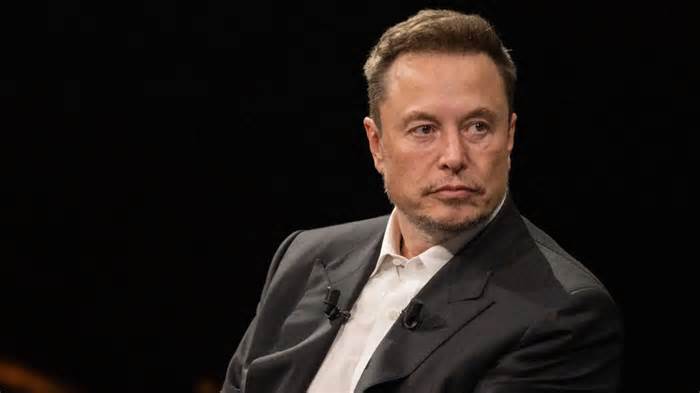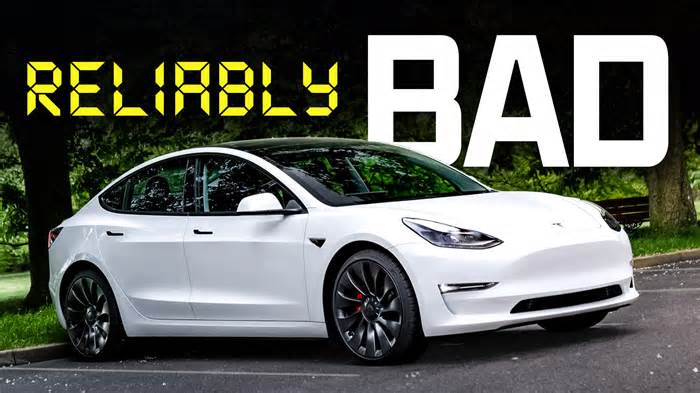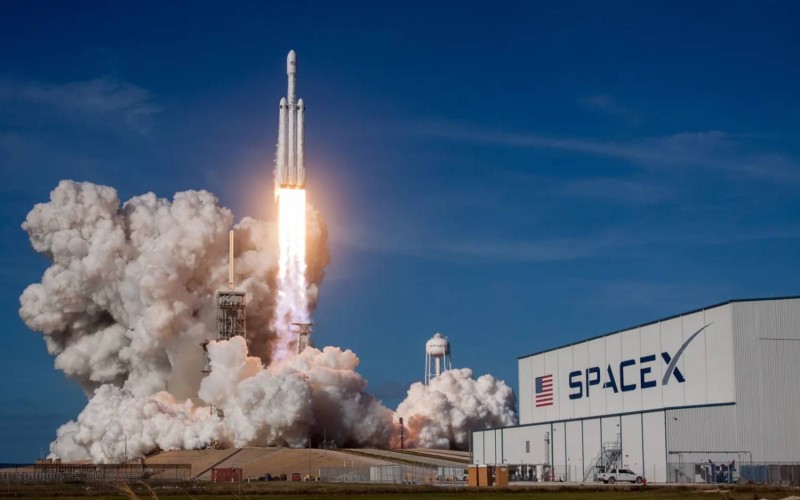
SpaceX’s Starship Soars: Elon Musk’s Vision Meets High Stakes in Texas Launch
- by NewsX
- Nov 20, 2024
- 0 Comments
- 0 Likes Flag 0 Of 5

November 20, 2024 7:09 am Asia/KolkataIST, Updated 4 days ago
SpaceX’s groundbreaking Starship rocket lifted off on Tuesday, achieving notable milestones in its spaceflight capabilities but falling short of perfection with an unexpected mishap involving its booster. The test launch, observed by President-elect Donald Trump, marked another step in Elon Musk’s ambitious plans to revolutionize space travel.
A Monumental Liftoff
The towering 400-foot (122-meter) Starship system, designed for missions to the Moon and Mars, launched at 4 PM CT (2200 GMT, 3:30 AM IST) from SpaceX’s sprawling facility in Boca Chica, Texas. This highly anticipated launch was a pivotal moment in Musk’s efforts to create a fully reusable spacecraft capable of interplanetary travel.
The two-stage rocket system features a 233-foot (71-meter) first-stage booster, known as Super Heavy, and the Starship spacecraft as the second stage. After separation at an altitude of approximately 40 miles (62 km), the Starship continued its journey into space.
Booster’s Unexpected Splashdown
The Super Heavy booster was programmed to return to the launch tower for a catch-landing using mechanical arms—a technique previously demonstrated successfully. However, the booster instead splashed down in the Gulf of Mexico, deviating from the planned trajectory. A separate livestream by space blogger Everyday Astronaut captured a massive fireball on the horizon, signaling an explosion upon impact.
While this unexpected outcome marked a setback, SpaceX has shown resilience in overcoming technical hurdles. Musk had previously acknowledged the high-risk nature of this test, describing it as “faster/harder” in a social media post.
Starship’s Success in Space
Despite the booster mishap, the rest of the mission was deemed a success. Starship performed a critical maneuver, reigniting its space-tailored engine for the first time—a capability SpaceX had previously struggled to demonstrate. The spacecraft orbited Earth before achieving a daytime splashdown in the Indian Ocean, advancing its reentry and maneuverability testing.
Trump’s Attendance Signals Strategic Alliance
President-elect Donald Trump’s presence at the launch underscored a burgeoning partnership with Musk, who has been a vocal supporter of Trump’s political ambitions. Trump, who has praised SpaceX’s innovations in past speeches, described the Starship as “the largest object ever to be elevated, not only to space but simply by lifting off the ground.”
Musk and Trump have aligned on several initiatives, including the president-elect appointing Musk as co-leader of a new government efficiency project. Musk’s influence in a second Trump administration is expected to benefit SpaceX and Tesla, with the potential for reduced regulatory hurdles and increased federal support for space exploration.
Regulatory Progress and FAA Approval
The Federal Aviation Administration (FAA), often a point of contention for Musk, demonstrated a quicker regulatory turnaround by approving this launch just over a month after Starship’s previous flight. Musk has long criticized the FAA’s pace, asserting that it impedes SpaceX’s goal of advancing space travel, particularly for Mars exploration.
This test flight aimed to achieve four key objectives, as outlined by Musk:
Restarting Starship’s engine during flight.
Conducting a daytime ocean landing for greater visibility.
Exposing Starship to more intense heat during reentry.
Executing a faster booster landing.
“There are thousands of small design changes also being tested,” Musk said, highlighting the incremental advancements being made with each flight.
A Future Focused on Mars
With the Starship system at the forefront, SpaceX plans to significantly accelerate its launch cadence. The company’s president, Gwynne Shotwell, expressed optimism, stating, “We just passed 400 launches on Falcon, and I would not be surprised if we fly 400 Starship launches in the next four years.”
Under Trump’s anticipated space agenda, NASA’s Artemis program—designed to return astronauts to the Moon—could shift its focus toward Musk’s ultimate aspiration: landing humans on Mars.
Please first to comment
Related Post
Stay Connected
Tweets by elonmuskTo get the latest tweets please make sure you are logged in on X on this browser.
Sponsored
Popular Post
Tesla: Buy This Dip, Energy Growth And Margin Recovery Are Vastly Underappreciated
28 ViewsJul 29 ,2024






 Energy
Energy



















